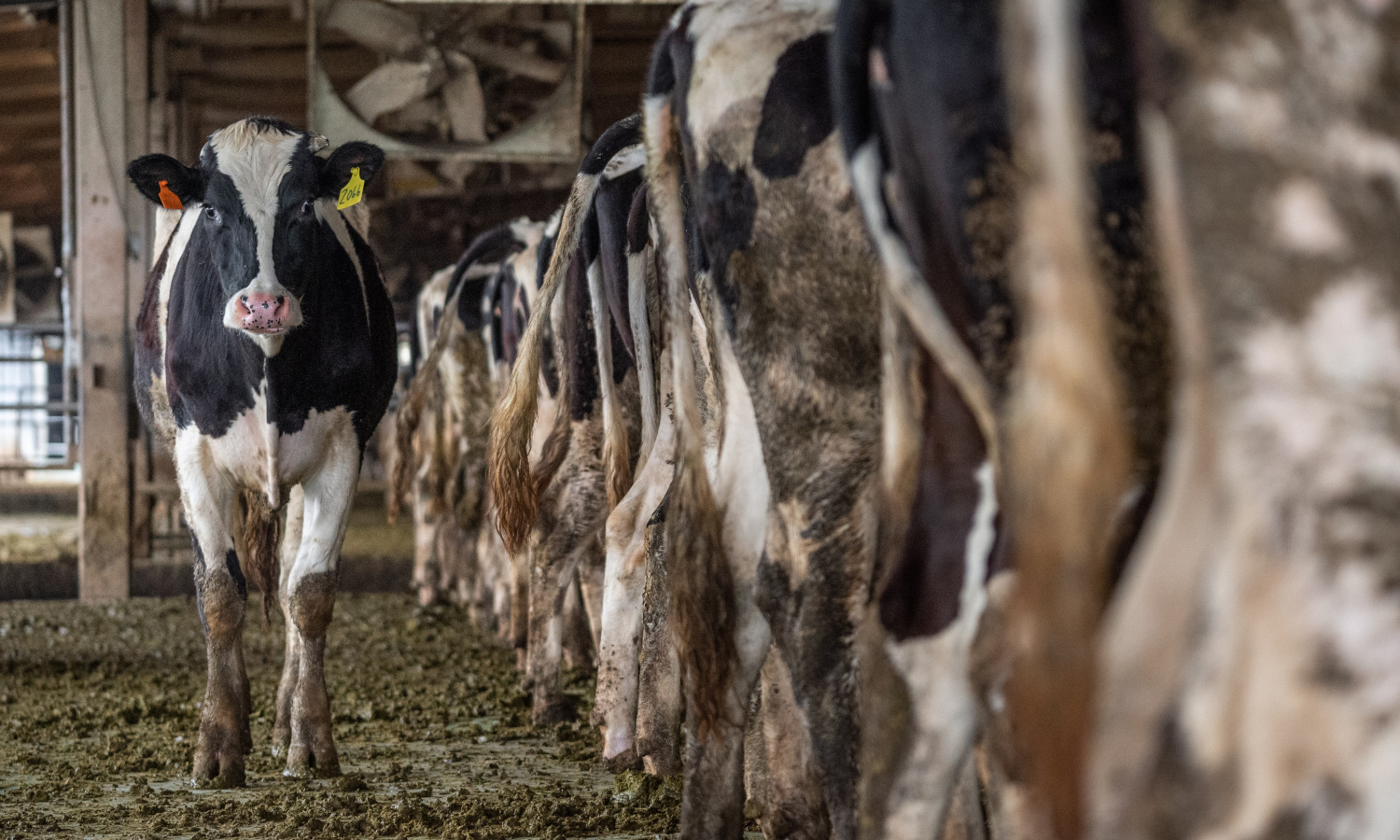A recent Lancet study, offering the first comprehensive assessment of the global burden of antimicrobial resistance (AMR), finds 1.27 million deaths were directly attributable to bacterial AMR in 2019. The study notes that antibiotics used in farming may contribute to AMR in humans, but a direct causal link remains controversial.
Bacterial antimicrobial resistance (AMR) occurs when bacteria evolve and become resistant to antibiotics, making infections more difficult or even impossible to treat. In 2021, the World Health Organization declared AMR as “one of the top 10 global public health threats facing humanity.”
The Lancet study evaluates 88 pathogen-drug combinations and finds that the same six pathogens were responsible for more than 250,000 deaths in 2019. Among the seven deadliest AMR bacteria, vaccines are only available for two, S. pneumoniae and Mycobacterium tuberculosis.
By 2050, the rise of AMR can lead to the loss of 10 million lives per year and US$3.4 trillion to the world’s annual gross domestic product in just 10 years, according to the study.
The team of researchers from the Institute for Health Metrics and Evaluation (IHME) who authored the study hopes policymakers take immediate action to prevent and control cases of AMR. “We are not innovating fast enough to develop effective vaccines, medicines, and treatments, leaving doctors and nurses in every country in the world unable to treat common infections,” Connie Kim, Communications Manager at IHME, tells Food Tank.
Kim suggests that policymakers can help address AMR by improving infrastructure. This includes investing in monitoring and surveillance systems, accelerating support for existing programs, expanding access to antibiotics when they’re needed and minimizing use when unnecessary, and increasing funding for antibiotic and vaccine development.
According to the U.N. Food and Agriculture Organization (FAO), antimicrobial drugs are critical to treat disease in crops, livestock, and aquaculture. AMR undermines the effectiveness of lifesaving drugs and poses risks to food safety, food security, and the livelihoods of farmers. Many cases of AMR in humans also trace back to foodborne and animal sources.
The lack of available data may obfuscate the direct causal link between AMR and agriculture. Only 89 countries collect data on the use of antimicrobials in animals and very few collect data in plant agriculture.
The study also finds that low-resource settings are most affected by AMR, with the highest number of cases in sub-Saharan Africa and south Asia. “Antibiotic overuse or misuse is believed to be a major driver of AMR in low- and middle-income regions,” Kim tells Food Tank. “Limiting access to antibiotics through stewardship programs could be an appropriate response.”
The Joint Secretariat on AMR, comprising the U.N. Environment Programme (UNEP), FAO, the World Organisation for Animal Health, and the World Health Organization, coordinate the global response on AMR. The group established the One Health High-Level Expert Panel (OHHLEP) to offer One Health expertise.
According to OHHLEP, One Health “recognizes the health of humans, domestic and wild animals, plants, and the wider environment (including ecosystems) are closely linked and interdependent.”
“A One-Health approach is pivotal to combating AMR,” Haileyesus Getahun, the Director of Global Coordination for the Joint Secretariat on AMR, tells Food Tank. “No sector or country acting alone can tackle AMR. The only way to address AMR is to work together. International collaboration, including collective One Health action across sectors, is therefore critical.”
Getahun says that interventions must aim to reduce the use of antimicrobials in humans, animals, and plants and prevent the spread of infections in health care facilities and farms. These kinds of interventions can include strengthening regulations and veterinary services, improving data collection and surveillance in food systems, and managing the disposal of waste and wastewater from animal agriculture.
When it comes to preventing the emergence and spread of AMR “prevention is the cure,” Getahun says. “There is a need to raise awareness amongst the general public, farmers and stakeholders along the food system chain, including consumers, of the risks of AMR and overuse of antibiotics and other antimicrobial drugs.”
Articles like the one you just read are made possible through the generosity of Food Tank members. Can we please count on you to be part of our growing movement? Become a member today by clicking here.
Photo courtesy of Jo-Anne McArthur, Unsplash







